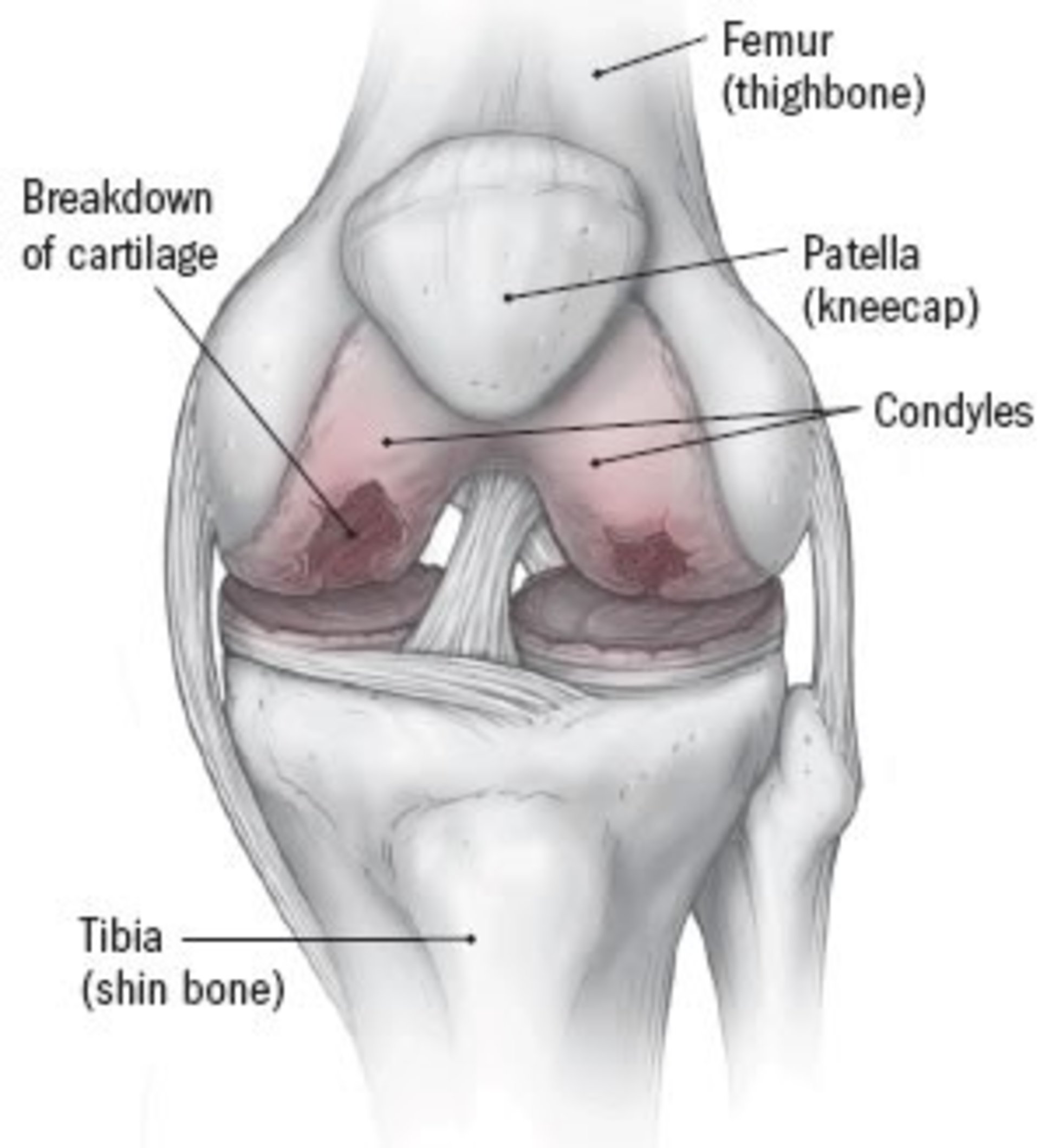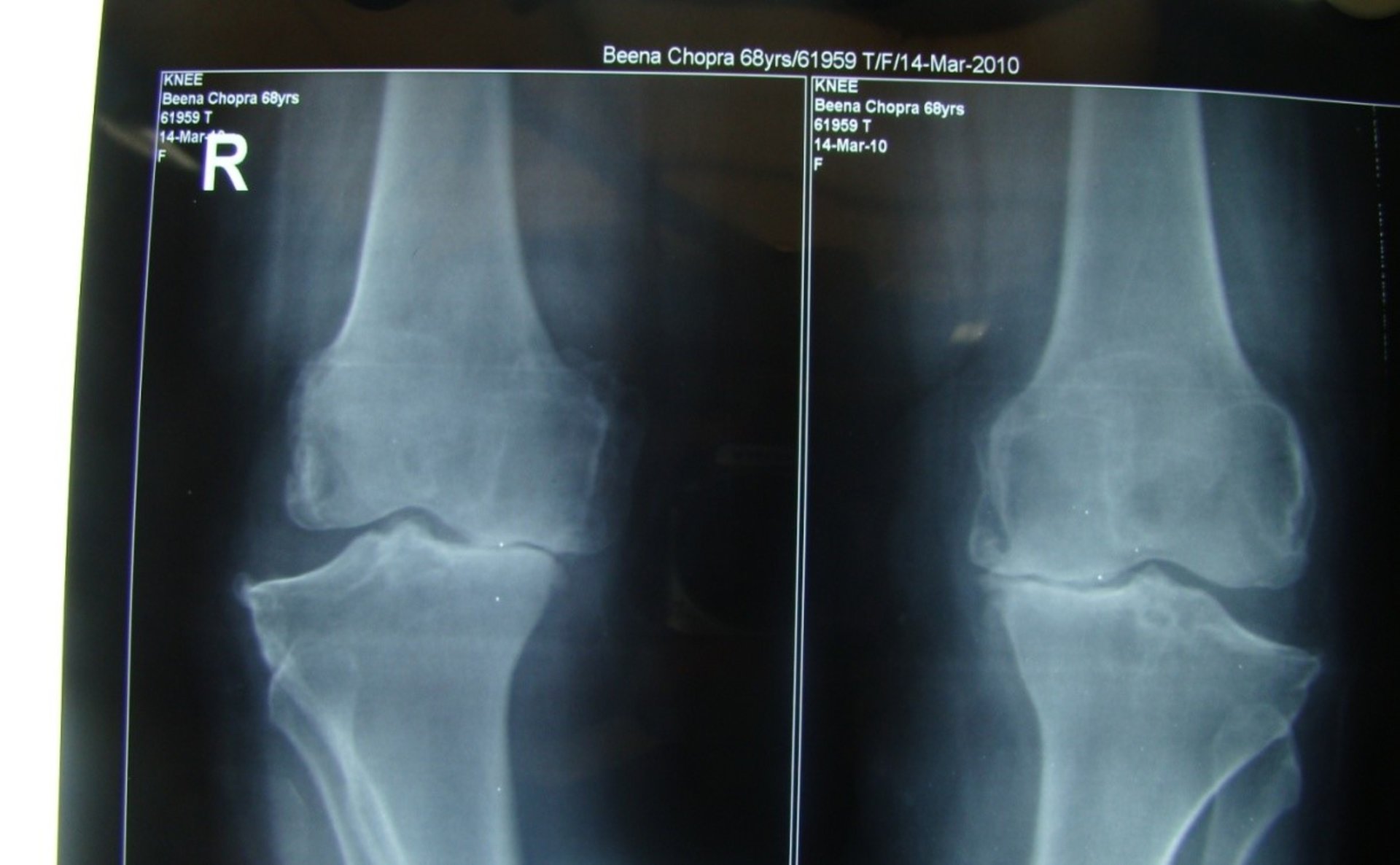What is Osteoarthritis and How Does It Affect You?
Osteoarthritis is one of the most common forms of arthritis, affecting millions of people worldwide. It occurs when the protective cartilage that cushions the ends of your bones wears down. It can damage any joint, the disorder most commonly affects joints in your hands, knees, hips, and spine. It starts when the cartilage that cushions the ends of bones in your joints gradually deteriorates. Cartilage is a firm, slippery tissue that enables nearly frictionless joint motion. Eventually, as the cartilage wears down completely, the bone starts rubbing on bone. Staying active, maintaining a healthy weight and some treatments might slow the progression of the disease and help improve pain and joint function but the damage to joints can’t be reversed besides the breakdown of cartilage gradually affects the entire joint. It causes changes in the bone and deterioration of the connective tissues that hold the joint together and attach muscle to bone. It also causes inflammation of the joint lining.
Knee osteoarthritis (OA), most common in elderly people is of two types, primary and secondary:
- Primary osteoarthritis - articular degeneration without any apparent underlying cause. This runs in family.
- Secondary osteoarthritis - consequence of either an abnormal concentration of force across the joint as with post-traumatic causes or abnormal articular cartilage, possible Causes being:
- Obesity, Joint hypermobility, or instability
- Malpositioning of the joint e.g. valgus/varus posture
- Previous injury to the joint e.g. fracture along the articular surface
- Congenital defects, Immobilization
- Metabolic and Inflammatory arthritis e.g. Rickets, Rheumatoid Arthritis
Anatomy of knee osteoarthritis
In the knee, the cartilage covering the knobs at the lower end of the thigh bone (condyles) degrades, which can result in the femur and tibia rubbing against each other.

Common clinical symptoms include:
- Knee pain that is gradual in onset and worse with activity
- Knee stiffness and swelling
- Pain on movement
- Stiffness, particularly early morning stiffness
- Loss of range of movement
- Pain after prolonged sitting or lying
- Pain on joint line palpation
- Grating sensation. You might feel a grating sensation when you use the joint, and you might hear popping or crackling
Osteoarthritis is typically a progressive disease that will eventually lead to disability. The intensity of the clinical symptoms may vary in each individual and each day however, they typically become more severe, more frequent, and more debilitating over time. The rate of progression also varies for each individual.

- Grade 0: This is the “normal” knee health
- Grade 1: Very minor bone spur growth and is not experiencing any pain or discomfort.
- Grade 2: This is the stage where people will experience symptoms for the first time. They will have pain after a long day of walking and will sense a greater stiffness in the joint. It is a mild stage of the condition, but X-rays will already reveal greater bone spur growth. The cartilage will likely remain at a healthy size.
- Grade 3: Moderate OA. Frequent pain during movement, joint stiffness will also be more present, especially after sitting for long periods and in the morning. The cartilage between the bones shows obvious damage, and the space between the bones is getting smaller.
- Grade 4: This is the most severe stage of OA. The joint space between the bones will be dramatically reduced, the cartilage will almost be completely gone and the synovial fluid will be decreased. This stage is normally associated with high levels of pain and discomfort during walking or moving the joint.
Initial treatment always begins with conservative modalities and moves to surgical treatment once conservative management has been exhausted. There is a wide range of conservative modalities available for the treatment of knee OA. These interventions do not alter the underlying disease process, but there the goal is to reduce pain and optimize function for as long as possible.
Complications
Osteoarthritis is a degenerative disease that worsens over time, often resulting in chronic pain. Joint pain and stiffness can become severe enough to make daily tasks difficult. Depression and sleep disturbances can result from the pain and disability of osteoarthritis.
When to see a doctor?
If you have joint pain or stiffness that is hindering your daily life, make an appointment with your doctor.
Recommended Articles:
1.
How is osteoarthritis treated?2.
FAQs on Total Knee Replacement 
